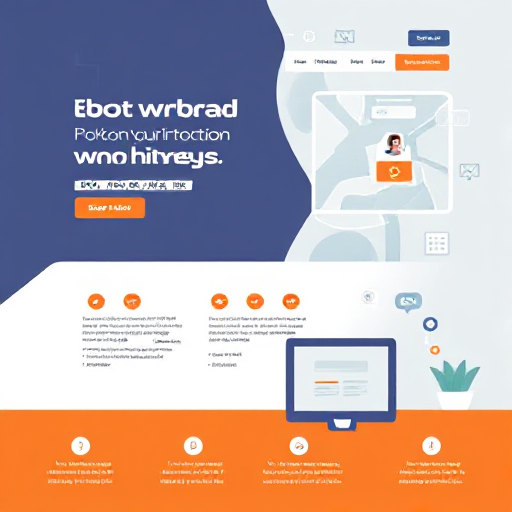The Secret To Consistent Blog Content On A Budget
Maintaining a blog with consistent, high-quality content is essential for growing your audience and boosting your search engine rankings. However, creating and sustaining this content can often feel like a daunting task, especially when you’re on a tight budget. Fortunately, there are effective strategies you can use to keep your blog active and engaging without overspending. Here’s a detailed guide on how to achieve consistent blog content on a budget.
1. Planning and Organization
Content Calendar:
Benefits: A content calendar helps you plan and organize your posts in advance, ensuring a steady flow of content.
How to Create: Use free tools like Google Sheets, Trello, or Airtable to create a calendar. Outline your topics, assign deadlines, and set posting schedules.
Content Pillars:
Definition: Content pillars are broad themes or topics that are central to your blog.
Implementation: Identify 3-5 core topics relevant to your niche. Plan your content around these pillars to maintain focus and consistency.
2. Utilizing Affordable Content Creation Tools
Writing and Editing:
Grammarly: A free tool to check grammar and spelling.
Hemingway Editor: Helps improve readability by highlighting complex sentences and passive voice.
Graphic Design:
Canva: Offers free templates for creating blog graphics, infographics, and social media posts.
Pexels and Unsplash: Provide free high-quality images to enhance your blog posts.
Video and Audio Editing:
Lumen5: A free tool for creating videos from blog posts.
Audacity: Free, open-source software for audio editing, perfect for podcasting.
3. Repurposing Content
Recycling Existing Content:
Update Old Posts: Refresh outdated content with new information, improved visuals, and updated SEO practices.
Transform Formats: Convert blog posts into different formats such as videos, infographics, podcasts, or slide decks to reach a broader audience.
Content Series:
Serial Posts: Break down lengthy or complex topics into a series of smaller, more digestible posts. This not only provides consistent content but also keeps your audience engaged over time.
4. Leveraging User-Generated Content (UGC)
Encourage Contributions:
Guest Posts: Invite other bloggers or industry experts to write guest posts for your blog. This adds variety and fresh perspectives at no cost.
Community Input: Ask your audience to share their stories, tips, or testimonials related to your niche. Feature these contributions on your blog.
Interactive Content:
Surveys and Polls: Use tools like Google Forms or SurveyMonkey to create surveys. Share the results in a blog post.
Q&A Sessions: Host Q&A sessions with your readers, then compile the questions and answers into a blog post.
5. Optimizing Content for SEO
Keyword Research:
Free Tools: Use Google Keyword Planner or Ubersuggest to find relevant keywords with high search volume and low competition.
Content Strategy: Incorporate these keywords naturally into your content to improve visibility and attract organic traffic.
On-Page SEO:
Titles and Headings: Craft compelling titles and headings that include your target keywords.
Meta Descriptions: Write concise and engaging meta descriptions that encourage clicks.
6. Collaborating with Others
Content Swaps:
Mutual Promotion: Partner with other bloggers to exchange guest posts or co-create content. This helps both parties reach new audiences without additional costs.
Expert Interviews:
Leverage Expertise: Interview industry experts and publish their insights on your blog. This not only provides valuable content but also helps in building relationships within your niche.
7. Efficient Content Creation Workflows
Batch Processing:
Definition: Create multiple pieces of content in one sitting to maximize efficiency.
Implementation: Dedicate specific days to writing, editing, and scheduling posts. This helps maintain a steady flow of content without overwhelming your schedule.
Templates and Outlines:
Standardization: Use templates for different types of blog posts (e.g., how-tos, listicles, reviews). This streamlines the writing process and ensures consistency.
Detailed Outlines: Create detailed outlines before writing. This makes the writing process faster and more focused.
8. Promoting Your Content
Social Media:
Scheduled Posts: Use free tools like Buffer or Hootsuite to schedule your social media posts in advance. Share your blog content consistently across platforms.
Engagement: Actively engage with your audience by responding to comments and participating in discussions.
Email Newsletters:
Regular Updates: Send out newsletters to your subscribers with your latest blog posts. Use free email marketing tools like Mailchimp (free for up to 2,000 subscribers).
Content Teasers: Include snippets or summaries of your blog posts to entice subscribers to click through to your blog.
9. Monitoring and Adjusting Your Strategy
Analytics:
Google Analytics: Use Google Analytics to track your blog’s performance. Monitor metrics like page views, bounce rate, and average session duration.
Adjust Based on Data: Use the insights to refine your content strategy. Focus on topics and formats that perform well and adjust or eliminate those that don’t.
Feedback Loop:
Reader Feedback: Encourage your readers to leave comments and provide feedback. Use this feedback to improve your content and better meet your audience’s needs.
Surveys: Periodically survey your audience to understand their preferences and adjust your content accordingly.
Creating consistent, high-quality blog content on a budget is achievable with careful planning, the right tools, and strategic collaborations. By leveraging affordable resources, repurposing content, and fostering community engagement, you can maintain a steady flow of valuable content that resonates with your audience. Implement these strategies to keep your blog active, engaging, and cost-effective.
For more information, email admin@1dollarcreatives.com







